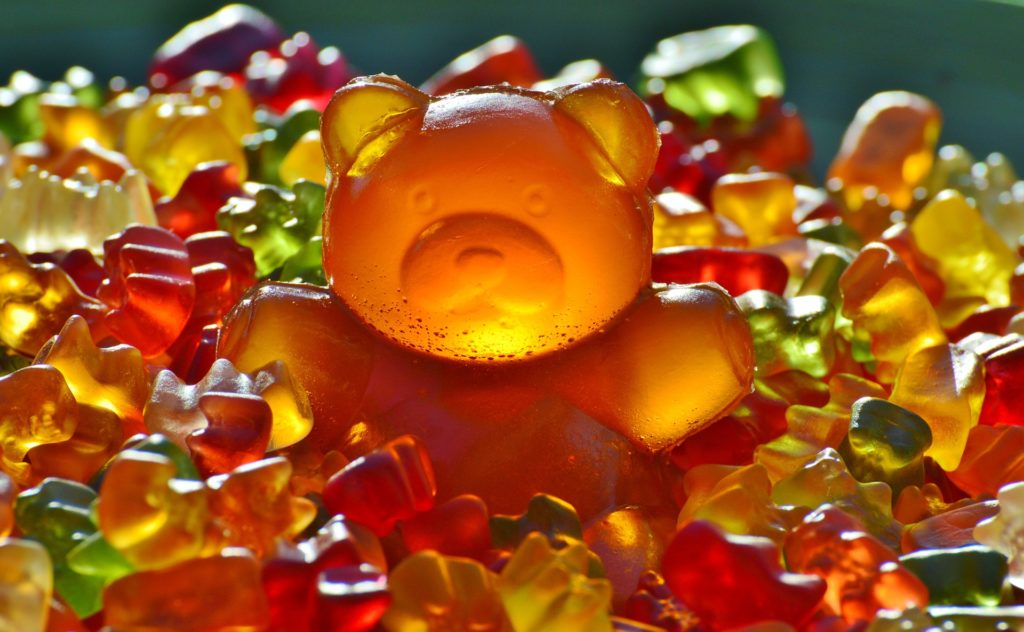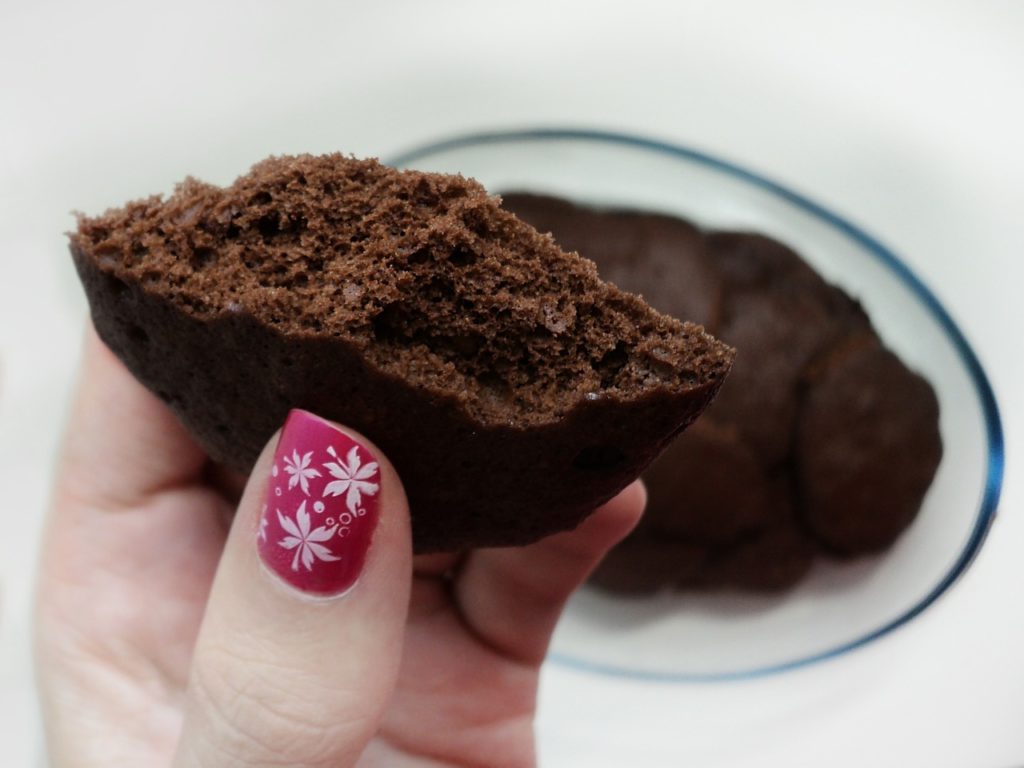Edibles are nothing new, dating back as far as the tenth century, people have been mixing up yummy treats with an extra ingredient.
In recent times, the legal cannabis market has brought the trend out of your friend’s kitchen and into the retail spotlight. Varieties of edibles available include everything from gummy bears to tasty pizza sauce.
But, with the influx of options now on the market has also come much more speculation.
- Should edibles be allowed to be sold without STRICT regulation?
- How do we know they are safe for consumption?
With so many opinions floating around about cannabis cuisine we did some investigating.

The positives of edibles
Edibles can be useful for not only recreational use, but medical use as well. The tasty treats are the perfect way to obtain an intense body high that can help fight pain and act as an anti-inflammatory agent.
The powerful and delayed high delivered by edibles helps many people that suffer from Crohn’s disease and disorders that effect the GI tract, since this is where we process food. They are also successful when it comes to treating the symptoms of chronic pain, nausea, insomnia, and migraine headaches.
Edibles can be easily portioned out when in forms of chocolate, cookies, brownies, and pieces of gum. Once you have perfected the most appropriate dose for your physical requirement, it is an easy on the go way to get high or receive pain treatment. Edibles, unlike smoke-able cannabis, can be used very discreetly and just about anywhere.
They are also an excellent choice for those who cannot handle smoke due to weakened lungs or hospital stays. Edibles forgo the ingestion of tar, carcinogens, and paper residue from smoking, which can add up with continued use. Ingesting your cannabis can also lead to a prolonged, stronger high for many.
The negatives of edibles
While many proponents of edibles argue that the good outweighs the bad when it comes to the delicious cannabis concoctions there are still some downfalls to edibles.
For starters, edibles look like normal food. If not labeled properly they can be luring looking snacks for unsuspecting adults, and more troublesome, children. New, updated laws have placed strict labeling and packaging instructions for edible distributors. Another problem with edibles is that they do not kick in right away.
Most edibles take around an hour or two to kick in, but then they hit hard. Unsuspecting NEWBIE consumers may not realize the delayed effect and ingest more than they should, leading to an uncomfortable high that can last for a few hours or more. Edibles can also be hard to accurately measure out doses.
Some foods are easier than others, for instance chocolates often come in perforated pieces that break off into specified portions. However, with many other edibles the dosage can be hard to portion out properly. Inexperienced users may also consume too much of an edible when not reading the recommended instructions.
A whole bottle of Canna-punch or all three gourmet truffles that came in a pack can look and taste like a good idea at the time, but a few hours later you may feel differently.
Another problem with edibles is that they are not consistent. Different brands have different potencies, so even if you know your limits with one kind of cookie you may have a different experience with another brand.
Edibles can also cause a sense of nervousness and paranoia in those that suffer from anxiety. Not being able to know when exactly the high will hit you can be a nerve wracking experience for some people.

Where does this leave edibles?
Current laws in legalized recreational and medical states have been updated to help make edibles a safer experience for everyone.
While consuming edibles is not dangerous, it can lead to an uncomfortable high with adverse reactions such as nausea and dizziness. Still, edibles can help provide medicinal help without the harsh side effects of many pharmaceutical drugs on the market today.
Edibles are now required to be labeled properly with cultivation facts, nutritional facts, and the potency of the product. Many companies are now also producing varieties of edibles that conform to vegan and gluten free diets, as well as those with certain allergies such as peanuts.
In most states, there are also laws now that pertain to the packaging of edibles. The dispensary must sell the treats along with child safe locking bags that are clearly labeled to not be consumed by children. These new packaging laws also help to prevent accidental ingestion by unsuspecting adults and pets that may get into food.
Batch numbers and contamination tests are now pretty standard across the board as well. All of this added information provides more safety and data for consumers of cannabis and cannabis infused products.
As the marijuana industry continues to grow, the regulations are attempting to keeping up with the evolving laws on the book. More and more rules are put in place each year to deal with problems as they come up.
While some rules and laws are unnecessary, many of them help to protect consumers and make items like edibles safer and more understood by novice cannabis partakers.

You decide
This debate has more than a handful of faces. Whether edibles should be banned, regulated, or have total freedom is something that will have to play out in the years to come. For now, enjoy edibles responsibly if you choose to consume them.
Use the child proof locking bags and keep the savory snacks away from children, pets, and adults who may not realize the treats contain cannabis.Figure out your perfect dose size by starting small and waiting more than an hour before consuming more.
Like any cannabis product, edibles can be a wonderful experience for recreation and a help with many medical problems. But, remember to always use your best judgement and never consume cannabis while driving.
Educate yourself on the different brands, potencies, effects, and ingredients of any edibles before you decide if they are right for you. The more you know about edibles, the easier it will be to form an appropriate opinion about cannabis infused foods.
- Legalization in California, Part 2 - April 10, 2018
- Top 5 Things to do in Boston - April 6, 2018
- Legalization in California, Part 1 - April 3, 2018
Leave a Reply